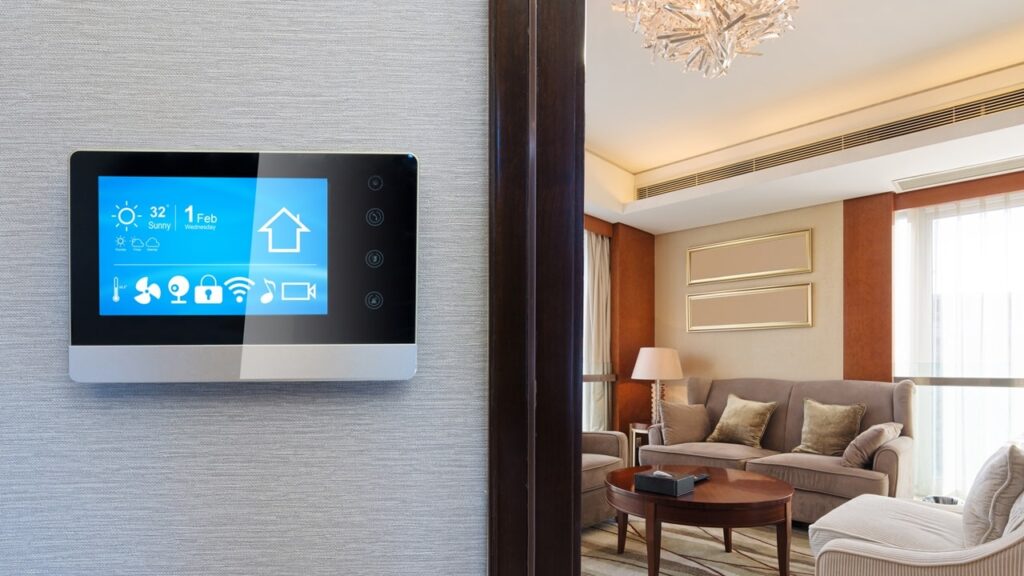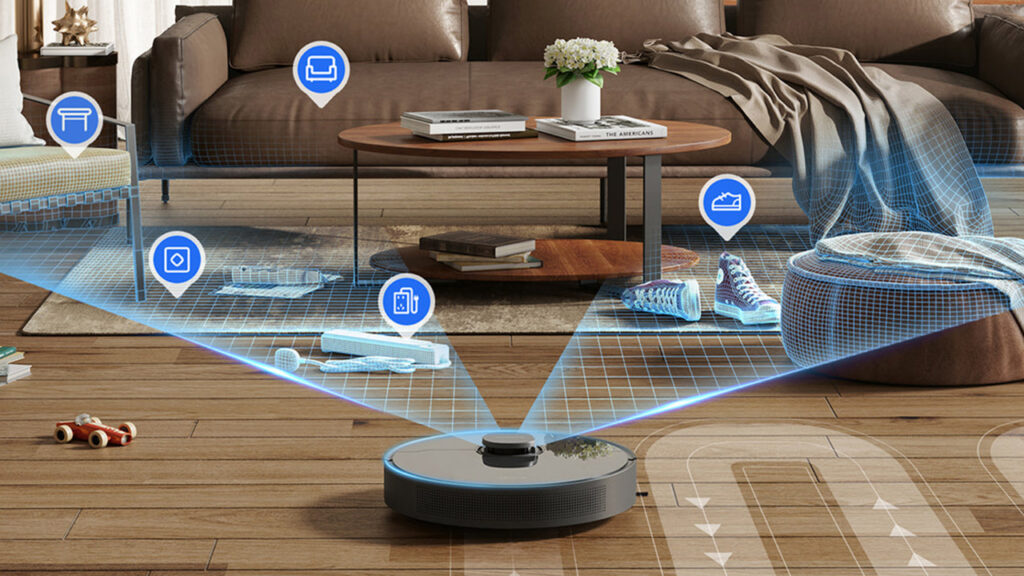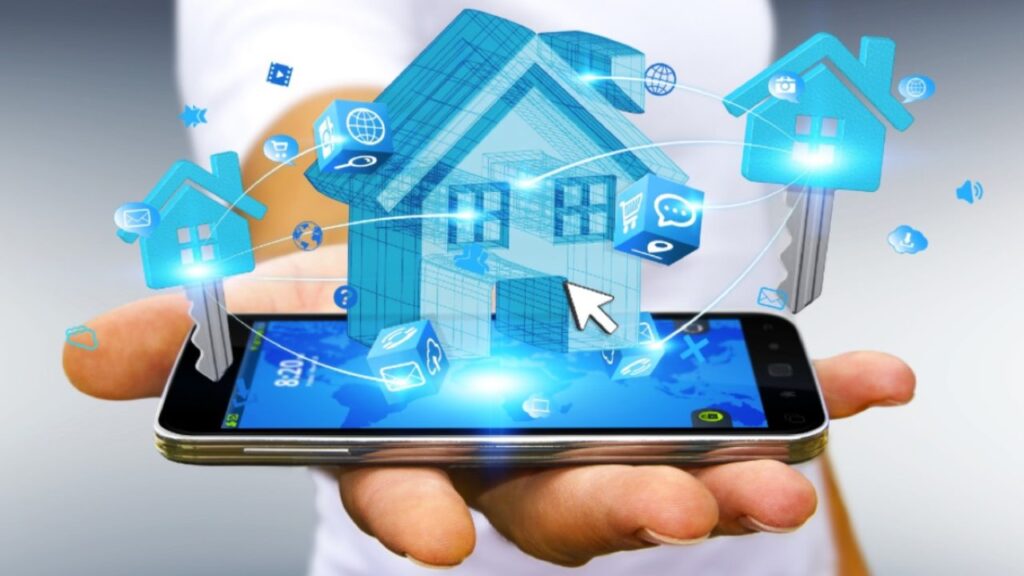L’Internet of Things (IoT) continues to make our homes and everyday devices smarter. And above all more integrated with each other, with the release of Matter 1.2, a version that opens the doors to a wide range of new connected devices. Refrigerators, robot vacuum cleaners, washing machines, dishwashers and also CO2 sensors, air purifiers, air conditioners and not only.
Matter 1.2, the standard includes even more smart devices
Matter is one IoT connectivity standards che aims to unify the management of the smart home, allowing all our gadgets to communicate with each other in a harmonious way. It includes over 675 companies, which connect their devices.
The Connectivity Standards Alliance (CSA), the organization behind Matter, has announced the release of the Matter 1.2 specification. It comes just a year after the launch of Matter 1.0 and delivers on its promise of releasing two updates per year.
One of the most notable features of Matter 1.2 is the addition of support for nine new types of connected devices. These include robot vacuum cleaners, refrigerators, washing machines, dishwashers, smoke and carbon monoxide detectors, air quality sensors, air purifiers, air conditioners and fans.

This step represents a turning point for the smart home industry. Until recently, i devices such as smart locks and light bulbs were at the heart of the standard. Now, Matter 1.2 paves the way for large appliancesallowing them to connect to the network and participate in the dialogue between connected devices.
Smart and connected appliances
With the new update, you can connect the robot vacuum cleaner from the Apple Home app. It will be possible to monitor the temperature of the wine in the refrigerator, receive notifications from the dishwasher or washing machine. Plus, with the support of smoke and CO detectors, you have easier access to safety.
Matter 1.2 opens the door to interoperability between different smart home ecosystems. Apple Home, Amazon Alexa, Google Home e Samsung SmartThings will be able to support new types of Matter devices, allowing users to fully exploit the benefits of the smart home.
Features included
Initial features for new device types include basic controls, such asstart/stop and changing modes. Furthermore, devices can send notifications regarding crucial informationsuch as refrigerator temperature, laundry status or smoke detection.
As far as robot vacuum cleaners go, the integration is solid, with notifications on startup, remote progress and indication of cleaning modes. However, Matter does not support mapping, therefore the specific application of the robot vacuum cleaner will remain necessary to indicate specific routes.

Air purifiers and air quality sensors are a valuable addition. Matter supports a wide range of air quality sensors, including position of the sensors, allowing better management of air quality in the home.
An interconnected and immediate system
While most smart appliances offer similar features to those supported by Matter, they often they remain isolated within the applications of individual manufacturers. Matter’s novelty lies in connecting them to a single preferred smart home platform, thus opening interesting possibilities for simple and integrated automation.
The more advanced functions, for the moment, still require the downloads of different apps. But thanks to Matter’s support, we will increasingly be able to use a single software for the home ecosystem.
As The Verge explains, Matter has obtained the support of major producers such as Whirlpool, Panasonic, LG, Haiere many others. This opens the door to potential diffusion into all household appliances, including older ones. Backward compatibility allows users to take advantage of Matter without necessarily having to replace all of their appliances.
Matter 1.2 is a step forward, but there is still a long way to go
Ecosystem support like Google Home, Amazon Alexa, Apple Home e Samsung SmartThings still remains incomplete: Matter’s work, which began a year ago, still remains long and important.

Furthermore, Matter 1.2 lacks some features, such as dynamic lighting effects and energy management. These features, promised by the CSA, would have been significant in improving the user experience in the smart home.
Competition with other initiatives, such as Home Connectivity Alliance (HCA), represents a challenge for Matter. Companies push for maintain control within their ecosystems, maintaining the cloud connection, which is a valuable source of data.
LThe adoption of Matter by major appliance manufacturers is still uncertain, and its establishment as a key smart home standard could be in jeopardy if it can’t overcome these hurdles. Today’s progress is heartening, but the road ahead remains uphill.















Leave a Reply
View Comments